Hoarding is a complex issue and a sensitive topic for the families dealing with it. Friends and family members are right to worry about the safety of the people they love. After all, we’ve all seen the TV shows and the tragic reports of fire-related deaths in homes filled with clutter. No one wants that for their love one.
 If you’re ready to have that important conversation about hoarding with someone you care about, here are 20 tips that will set the tone for a successful outcome.
If you’re ready to have that important conversation about hoarding with someone you care about, here are 20 tips that will set the tone for a successful outcome.
- Before considering a conversation with your loved one about their hoarding, examine your own motivations. For the conversation to be successful, the motivation must be based in genuine concern for your loved one’s safety and well-bring, rather than a platform for airing frustration and anger.
- Allow time for this important conversation. Don’t try to squeeze it into the space between main course and dessert at your next family get together.
- Avoid a family intervention. Have a calm conversation one-to-one. Refrain from comments like “the whole family is concerned about your behaviour”. No-one likes to feel ganged up on or the topic of family gossip.
- Consider holding your conversation in a neutral space.
- Treat your loved one as a whole person, not just a person with a hoarding problem. If every time you speak to them it’s about their “problem”, they’ll soon shut down any conversation. Taking time to restore and balance the relationship with pleasant pastimes and conversations is equally as important as tackling the hoarding issue.
- Approach the conversation in a non-judgemental way. Show curiosity about their perspective and evoke their ideas for solutions.
- Recognise that the person is probably having the conversation reluctantly. They may be ashamed, angry, argumentative or make excuses to avoid the conversation.
- Ask for your loved one’s understanding of the issue, or ideas about solutions, and ask permission before offering advice.
- Match their language. If they call what appears to be rubbish “their collection”, use similar language. Refrain from using words that can be perceived as judgemental such as junk, clutter, filth, etc.
- Keep the conversation about the task at hand. Avoid being drawn in to side conversations about past family grievances.
- Focus on what you can agree on, rather than trying to persuade your loved one that your point of view is correct. (They may not agree that they hoard, or on the severity of the problem. But they might agree that they want a smoke detector installed and a clearer path to the front door to create a safer home.)
- Reassure them that your love is unconditional. Acknowledge that this is going to be hard, but no matter how difficult the struggle becomes, you’re both committed to not let it destroy your relationship.
- Affirm their strengths. Acknowledge the things they do well.
- Express faith. Let them know that although this is difficult, you have seen them overcome difficulties in the past, and know that they will again.
- Use “I” statements. “You” statements can make a person feel blamed, judged and criticised, which can cause them to withdraw and become angry or defensive. When you use “I” statements, it is easier for the other person to hear what you are saying. We show honesty and responsibility for our own feelings. (I feel frightened when I think of you surrounded by so much combustible material. I would be devastated to lose you in a house fire, and I just want you to make the house safer.) The format for “I” statements is: I feel… (state your emotion) when… (describe the situation in a neutral and objective way) because… (state the effect on your life) and I want… (state the action you want taken).
- Be mindful of your body language. Your words might be saying all the right things, but your body and facial expressions need to be in agreement.
- Avoid badgering with the latest pop culture decluttering maxims. The only thing that won’t spark joy is the conversation.
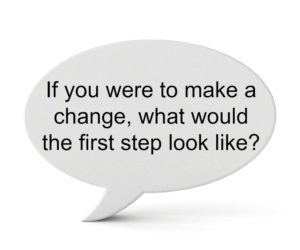 Ask them “What would it mean to make this change?”
Ask them “What would it mean to make this change?”- Ask “Can you think of any positive things to come out of working on this together?”
- Ask “If you were to make a change, what would a first step look like?”
If you’re interested to know more about the fire risk presented by hoarding, read this article about North American fire agencies and their response to hoarding fires.
For a handy visual tool to help guide your conversation about hoarding and safety, download the Fire Risk Reduction Advice on our Resources page.

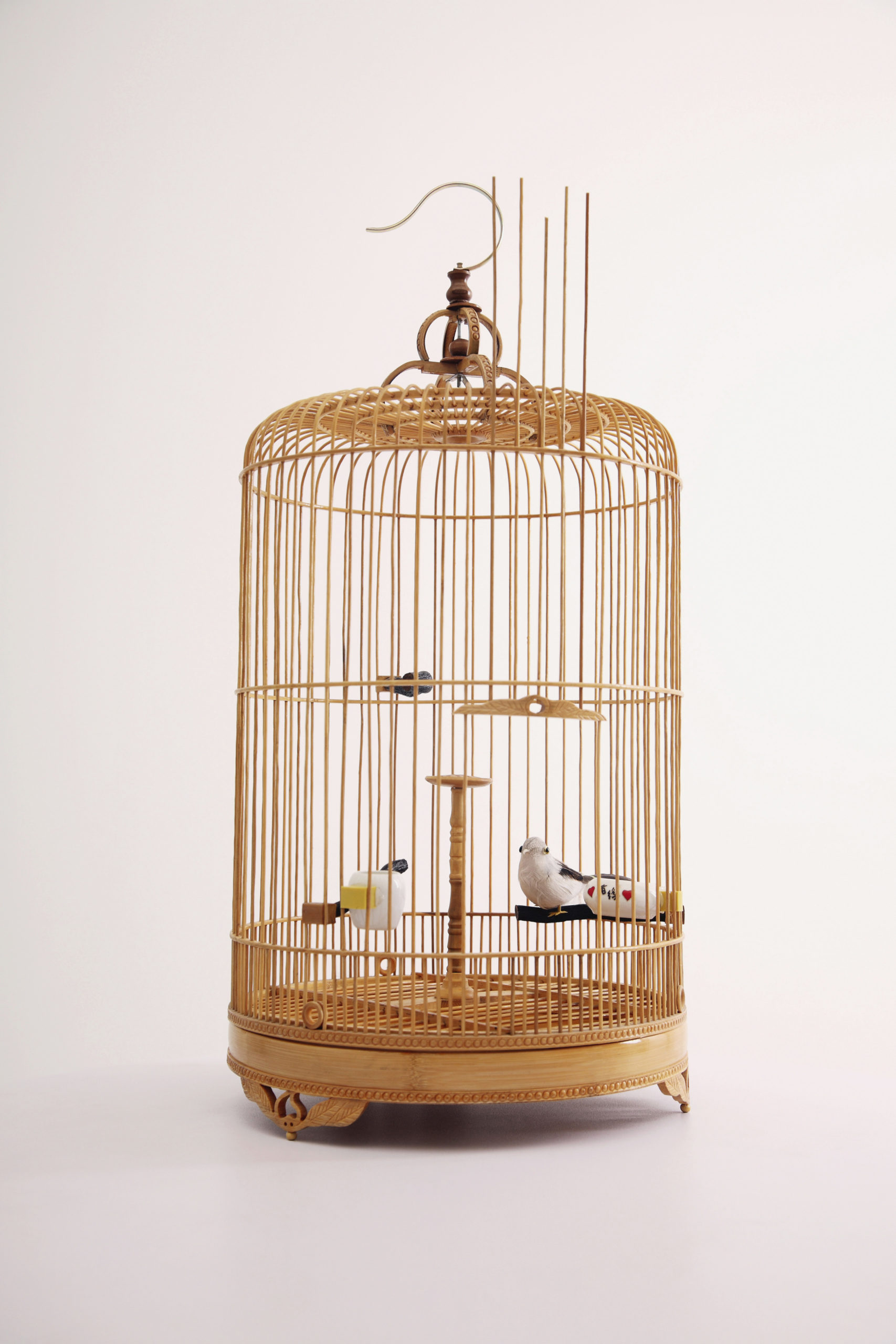

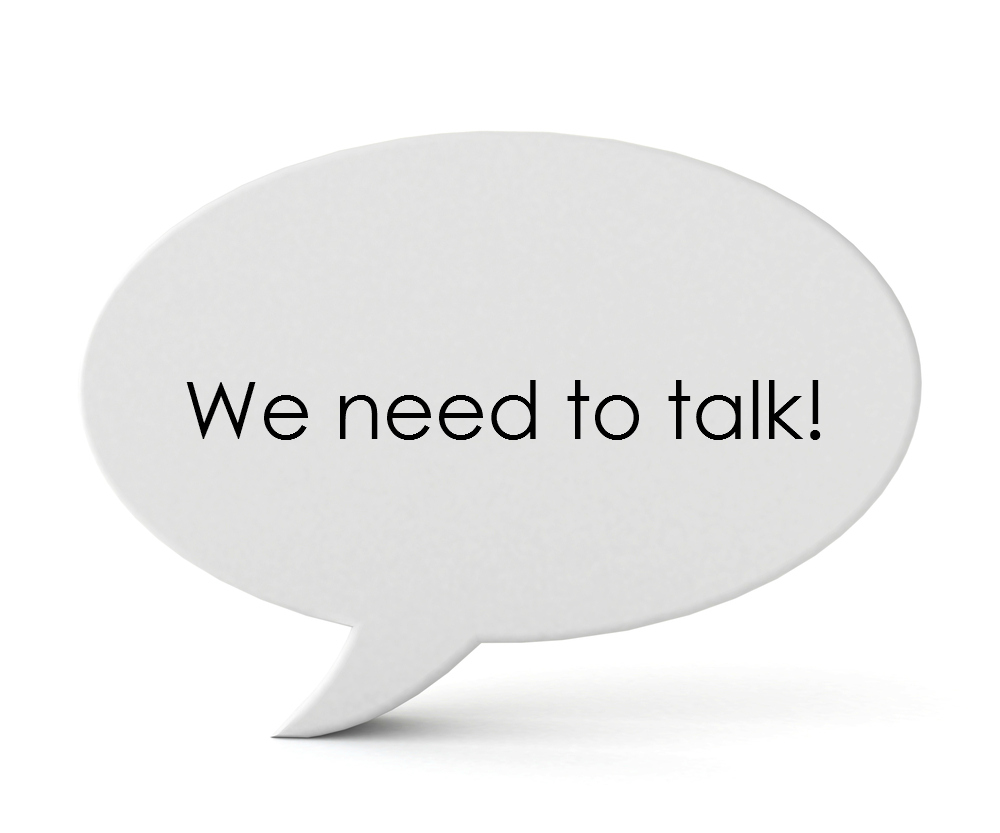
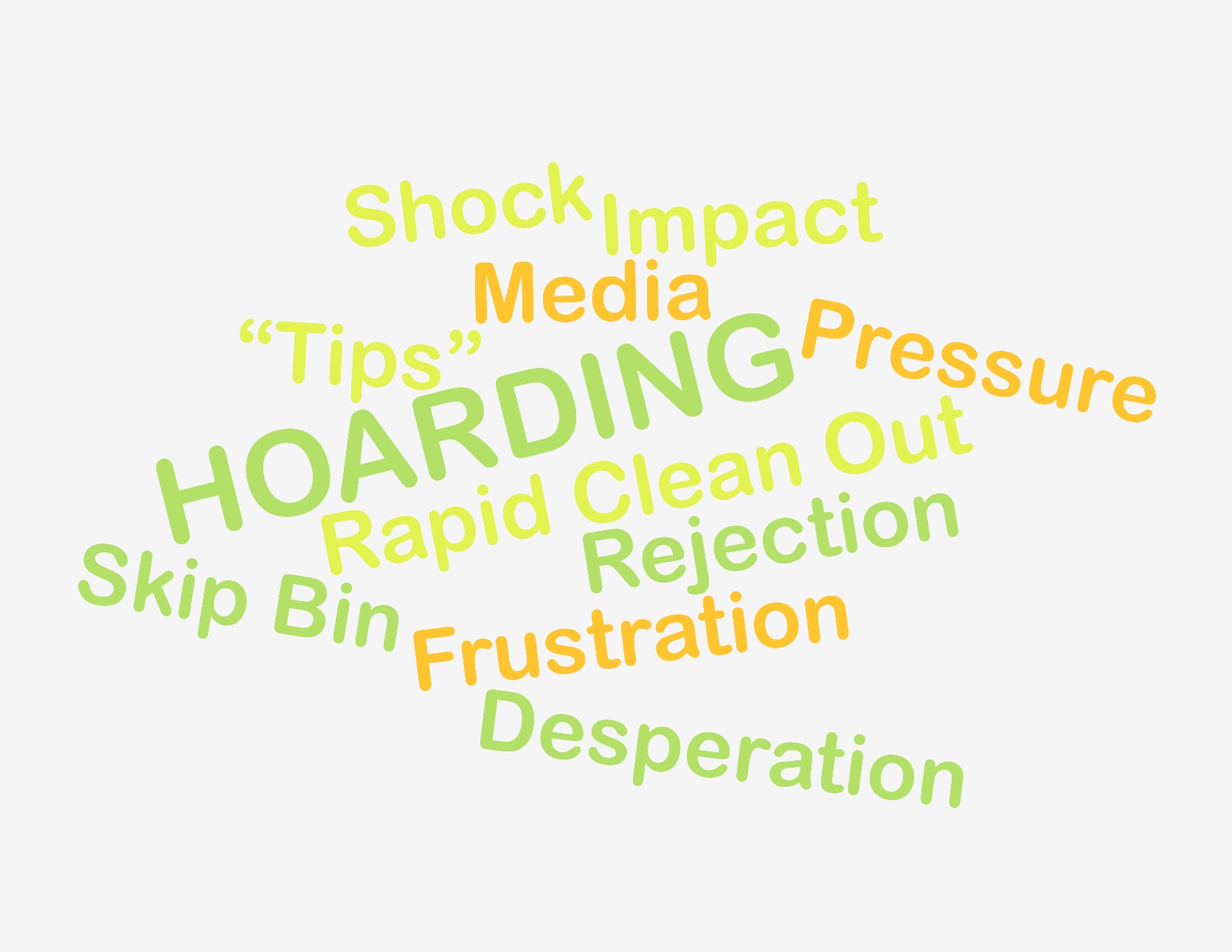


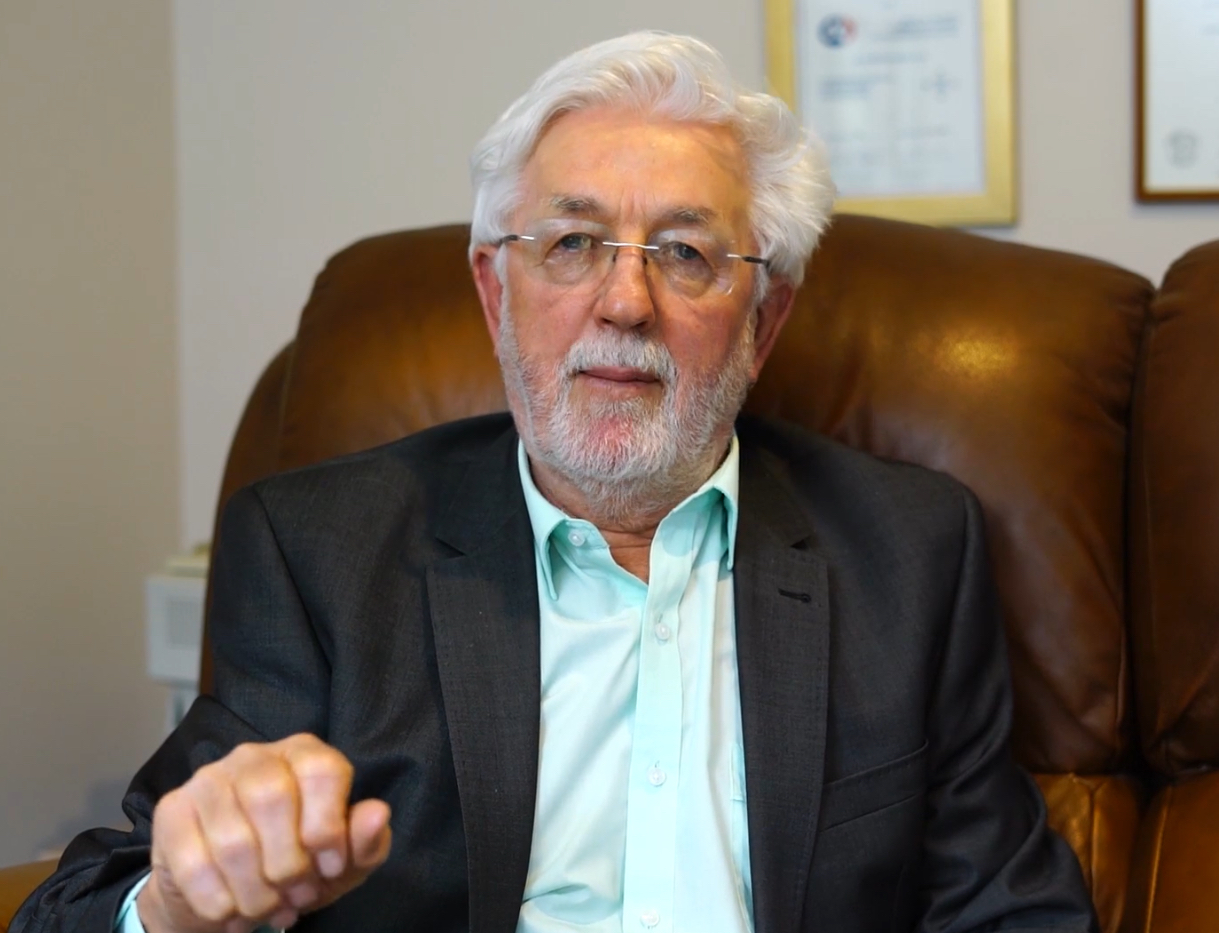

Comments are closed.
[…] When you’re ready to talk with your loved one, approach them with compassion and without judgment. These conversations can be challenging as hoarding often involves shame, guilt, or denial. Here are some tips to ensure a constructive discussion: […]